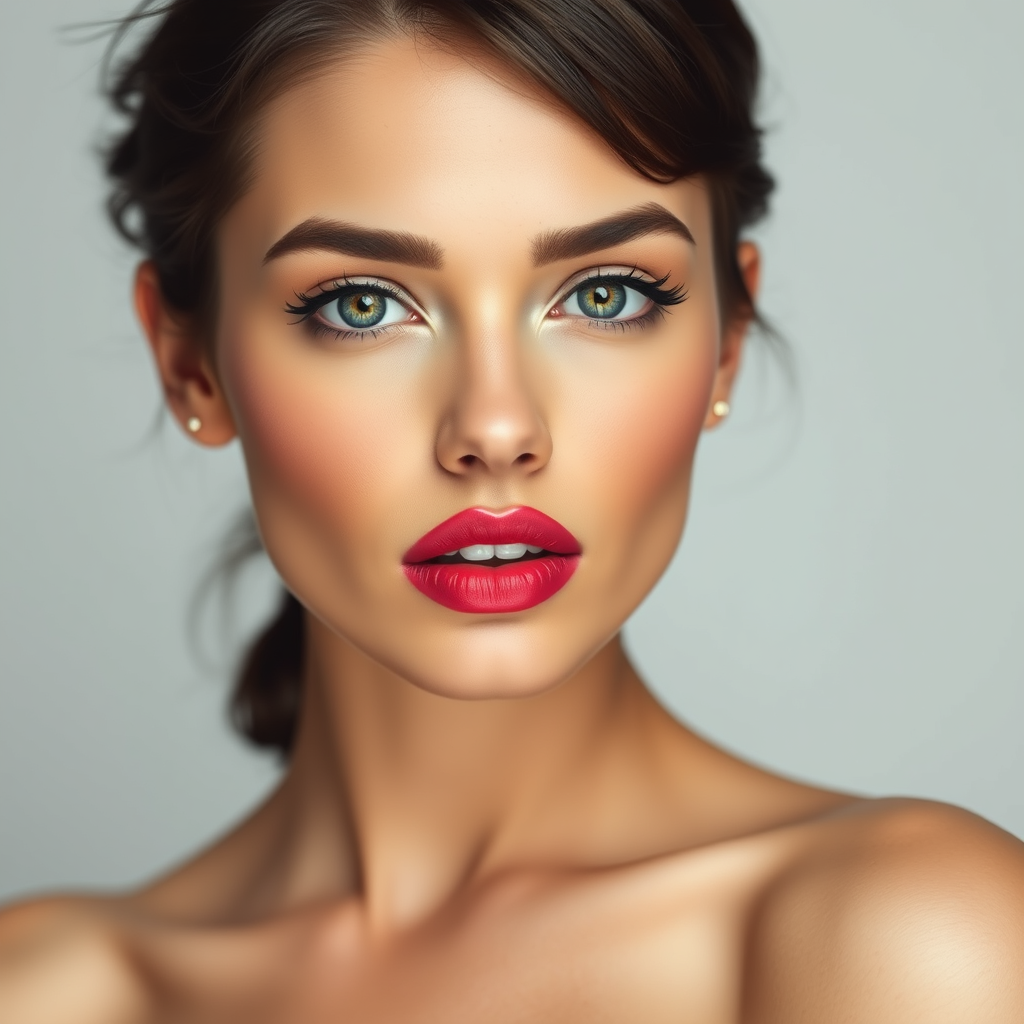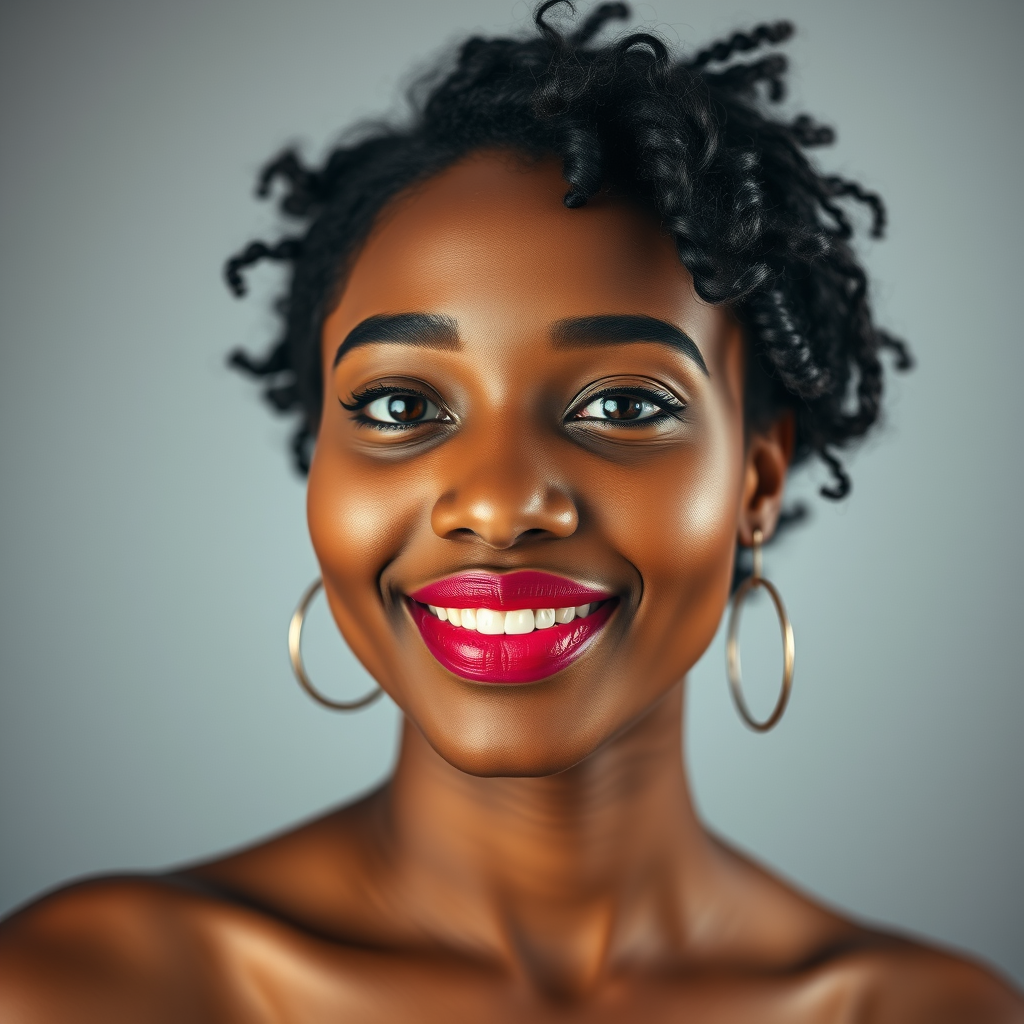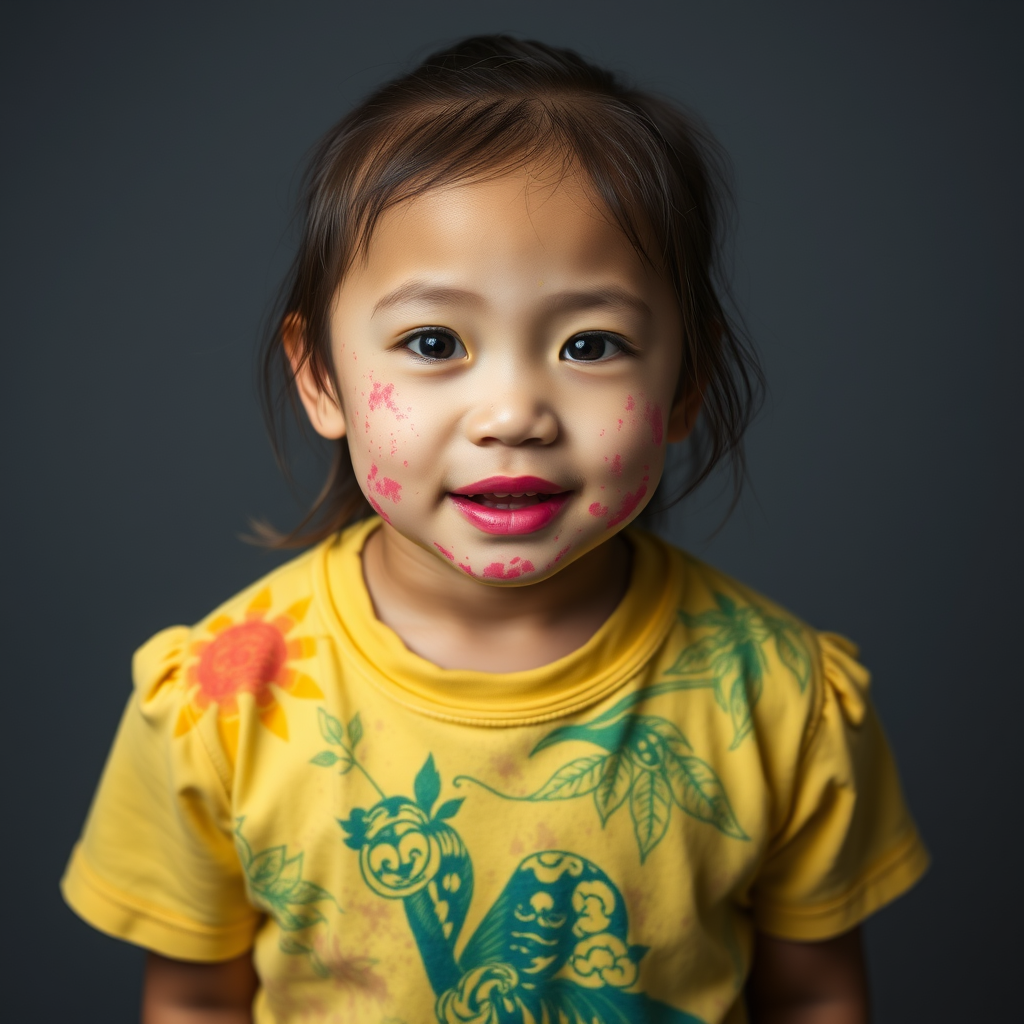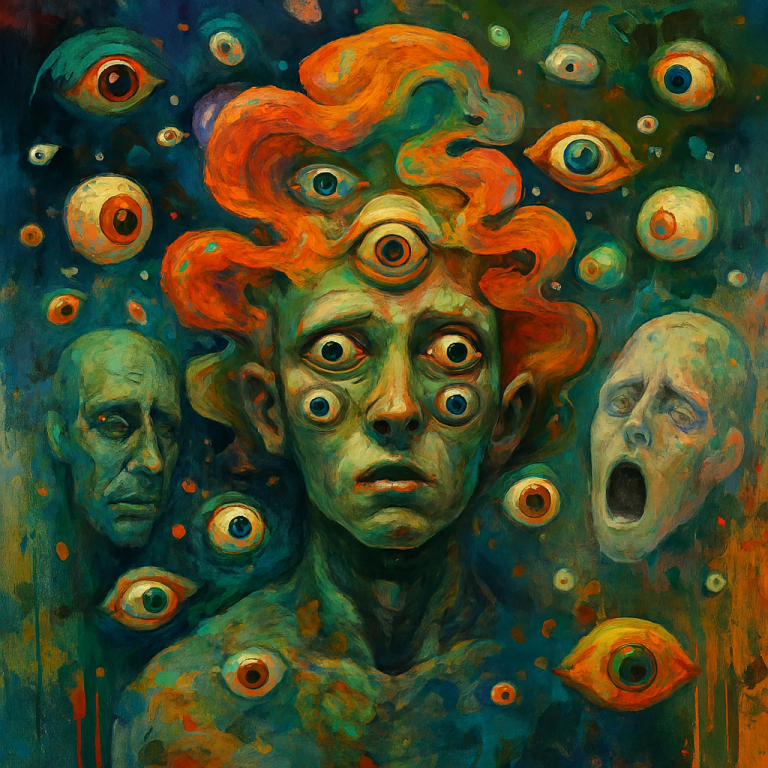
The Evolution of Lipstick in Modern Psychology
How Colors Lipstick Influence Perception and Identity
The Psychology of Lipstick
Understanding the Psychological Impact of Lipstick
Lipstick has long been more than just a cosmetic product—it is a powerful tool for self-expression, confidence, and social signaling. The colors we choose to wear on our lips can influence how others perceive us and even affect our own mood and behavior. Across cultures and genders, lipstick plays a significant role in shaping identity, attraction, and emotional responses.

The History of Lipstick and Its Psychological Significance
Ancient Symbolism and Social Status
Lipstick has been used for thousands of years, dating back to ancient civilizations such as the Sumerians and Egyptians. In these societies, lip color was often associated with status, wealth, and power. Cleopatra, for example, famously used crushed carmine beetles to create a deep red lip, symbolizing royalty and seduction.
The Evolution of Lipstick in Modern Psychology
In contemporary times, lipstick has become a staple of beauty and fashion, but its psychological impact remains profound. Studies suggest that wearing lipstick can boost self-confidence, enhance perceived attractiveness, and even influence professional success. The choice of color plays a crucial role in these effects, with different shades conveying distinct emotions and personality traits.

The Psychology of Lipstick Colors
Red Lipstick – Confidence and Power
Red lipstick is universally associated with boldness, passion, and confidence. Research indicates that red lips enhance facial contrast, making individuals appear more attractive and dominant. The color red is also linked to increased perceptions of authority and leadership, making it a popular choice for public speakers and professionals.
Pink Lipstick – Playfulness and Approachability
Pink shades are often associated with youthfulness, warmth, and friendliness. Lighter pinks convey innocence and softness, while deeper pinks suggest vibrancy and energy. People who wear pink lipstick are often perceived as approachable and optimistic.
Nude Lipstick – Natural and Grounded
Neutral tones, such as beige and soft browns, are linked to authenticity and reliability. Nude lipstick is often worn in professional settings, as it conveys a sense of sophistication and understated confidence. It is also associated with a natural, effortless beauty that aligns with modern minimalism.
Dark Lipstick – Mystery and Rebellion
Deep shades like plum, burgundy, and black are often associated with creativity, independence, and mystery. These colors challenge traditional beauty norms and are frequently worn by individuals who embrace alternative fashion and self-expression.

Lipstick and Gender Perception
The Role of Lipstick in Feminine Identity
Lipstick has historically been linked to femininity, with red and pink shades reinforcing traditional beauty standards. However, modern perspectives on gender and beauty have expanded, allowing individuals of all genders to explore lip color as a form of self-expression.
Male Use of Lipstick and Changing Norms
While lipstick has traditionally been marketed toward women, men have increasingly embraced lip color in fashion and performance art. In some cultures, historical figures such as European aristocrats and Japanese kabuki actors wore lip color to signify status and theatrical presence. Today, male celebrities and influencers use lipstick to challenge gender norms and redefine beauty standards.
The Wear Effect
The Psychological Effects of Wearing Lipstick
Studies suggest that wearing lipstick can boost self-esteem and alter mood. The act of applying lipstick is often linked to feelings of empowerment and readiness for social interaction.
The Influence of Lipstick on First Impressions
Lip color can significantly impact first impressions. Bold shades may convey confidence, while softer tones suggest warmth and approachability. Understanding these effects can help individuals choose colors that align with their desired image.
The Connection Between Lipstick and Attraction
Research indicates that red lipstick enhances perceived attractiveness due to its association with vitality and passion. The contrast between lip color and skin tone plays a role in how facial features are perceived.
Cultural Differences in Lipstick Preferences
Different cultures have varying preferences for lipstick shades. In some regions, bright colors symbolize celebration, while in others, muted tones are favored for elegance and subtlety.
The Role of Lipstick in Professional Settings
Lipstick choices can influence workplace dynamics. Studies suggest that individuals wearing red lipstick are perceived as more authoritative, while nude shades convey professionalism and reliability.
The Science of Lipstick Ingredients and Texture
Beyond color, the texture and formulation of lipstick affect psychological perception. Matte finishes are often associated with sophistication, while glossy lips suggest youthfulness and vibrancy.
The Future of Lipstick and Gender Inclusivity
As beauty standards evolve, lipstick is becoming a gender-inclusive product. Brands are expanding shade ranges and marketing strategies to embrace diverse identities and self-expression.

How Lipstick Influences Mood and Behavior
The act of applying lipstick can serve as a psychological ritual, boosting confidence and preparing individuals for social engagement. This effect is particularly strong in high-pressure situations such as interviews and public speaking.
The Emotional Connection Between Lipstick and Memory
Lipstick can be linked to significant moments in life, such as special events, personal milestones, or cultural traditions. The association of certain shades with memories enhances their emotional impact.
The Influence of Social Media on Lipstick Trends
Social media has transformed the way lipstick is marketed and perceived. Viral trends, beauty influencers, and makeup tutorials play a significant role in shaping consumer preferences and the popularity of certain shades.
The Symbolic Meaning of Lipstick in Political and Social Movements
Lipstick has been used as a symbol of empowerment, rebellion, and solidarity in various social movements. From suffragettes using red lipstick as a sign of resistance to modern gender-fluid makeup trends, lipstick remains a powerful tool for expression beyond aesthetics.
Conclusion
Lipstick is more than just a cosmetic—it is a psychological tool that influences perception, confidence, and identity. The colors we choose reflect our emotions, personality, and cultural influences, shaping how we present ourselves to the world. As beauty norms continue to evolve, lipstick remains a powerful form of self-expression for individuals of all genders.
Join the Discussion
What lipstick colors do you gravitate toward, and how do they make you feel? Have you noticed how different shades influence perception and confidence?
LipstickPsychology, ColorPerception, BeautyAndConfidence, LipstickTrends, SelfExpression, MakeupAndIdentity, RedLipstickPower, GenderAndBeauty, LipstickCulture, PsychologyOfColor, LipstickAndMood, BeautyStandards, MakeupForAll, LipstickHistory, LipstickInfluence, CosmeticPsychology, LipstickAndAttraction, LipstickInFashion, LipstickAndConfidence, MakeupScience, LipstickAndSociety, LipstickAndSelfEsteem, LipstickAndFirstImpressions, LipstickAndCulture, LipstickAndGender, LipstickAndEmpowerment, LipstickAndMoodBoost, LipstickAndProfessionalism, LipstickAndCreativity, LipstickAndExpression





you might have a fantastic weblog here! would you like to make some invite posts on my blog?